This is an article that has been a long time brewing. It’s a spicy subject these days, particularly so delivered by someone like myself, but it also is an important topic to tackle for we who illustrate the covers, posters editorial articles and on in a growing and increasingly diverse landscape. This is a terrific change, and long overdue, but celebrating and honoring the now wider palette of types of people we can paint and draw means leaping outside of our usual knowledge of anatomy, heritage dress and character, and risking failure at doing it too. This isn’t about discussing any political issues or social diversity in our thing, nor who has the right to do what when and where, this is merely to sit down and risk the needed myopia of the lesson and dig into what I personally have found to help me in my work as I have seen the range of racial characters explosively widen over the last fifteen or so years.
The first basic practical thing is to recognize where you come from, and its assumptions on how we depict others. We all of us naturally reflect our own selves in the work we create. It’s just the absent minded vanity of any artist, that everyone else calls one’s own “style”. But when we get hired to create say, a cover for a book, this idle vanity needs to sit down. We have a task to complete and everything should be trained towards that resolution itself- anything not having to do with it is noise. We are artists here tasked with a job and we do our job regardless of our habits. A Vulcan seamstress, a shoe manufacturer from Venus, or an ancient Viking, an American slave, a migrant workers from El Salvador, a Zulu warrior or Maori sea captain… these all demand of us an ability o leap from our traditional understandings of form trappings and style to learn and absorb and reflect their own native selves to best express the work we are tasked with doing. The cornerstone of this after the initial principle is research. These are tips that I employ, which is to say not all the possible tools nor the best ones for you. These are merely mine that I utilize in my work with the hopes they help.
Here we go.
Look upon the subject as an alien to this world might.
That’s it, really. It’s the easiest first thing to do and doing it successfully means alienating yourself from your normal way of drawing a human figure, or portrait. It’s a mental wiping of the chalkboard to leave open the new info you need to do your job, and that info comes from RESEARCH. If I’m tasked with drawing an ancient Sumerian priest, then I pick up the mantle of doing so by finding out through research, whatever I can about the subject as if I’ve never heard tell of them before. Oddly it can be even trickier when the subject is of your own heritage or tribal persuasion… being able to see the self clearly and coldly is harder than meeting a stranger with the same toolkit. It’s much easier to make poor assumptions in this regard, so sometimes being from a different background can actually provide a unique asset to the situation. Use it.
If you cannot do any o this, my advice is to pass on the job and make room for someone who might be better suited. Better to avoid a likely crash that will cost your publisher, author and yourself than ignore red lights and warning signs going in. I’m a big fan of taking risks and getting outside the comfort zone, and personally I find this kind of work especially appealing for this reason alone- so I’m not discouraging the impulse to reach beyond here. Just be mindful of your own limits and swimming in waters over-deep if ever possible. I’m approached by many young artists feeling uncertain about these kinds of jobs and while nervousness is potentially an asset to force you forward, if it’s an indication of something else as a warning, pay attention to that. But just make sure you are not letting in the outside noise of external social issues or politics buzz in your brain to distraction or worrying after who or how the work you’ve ben asked to do is received. As Ray Bradbury always deftly warned when writing- when this kind of stuff creeps into your head while working, get up, make coffee or go for a walk. Only come back when you’re clear of mind so you can make yourself available to the job you have. Being an alien is a tool that can help you to this needed apex. The details matter and can be everything, and in a world where we all seem to hunt for any purchase to hang a fountain of negativity, give this impulse no purchase by making sure you’ve got all the small bits singing in harmony with the whole. If it works, then you win.
RESEARCH!
Most of my experience with this kind f thing, in contributing to a wider world of more diverse and racially rich cover and illustration jobs is supported by tons of research before the principle work not he job is begun. If you get a job to do a book cover based on a Mongolian period fantasy story, get out your research chops and get thee digging. The more the merrier. Even if it’s a fantasy or sci-fi fi thing and exactitude of material from belt styles, pattern or clothing, hair… may be flexible depending upon the subject. Its always better to over research than not, and you’ll find through the act of research that you will become inspired by new ways to attack the project. Make sure your sources of research are legit though, don’t just dash over to wikipedia and run back feeling armed and ready. Do actual research and largely since we’re talking about art making, visual research.
As with any illustration it’s always keen to remember, this is never about you, or your politics or your personal experiences: you are here to fulfill a job and anything that isn’t about doing that isn’t necessarily helpful to that goal. Positive information and experience can, but should be checked at the door upon entry just to be safe. But anyone can and should be able to as an artist depict and draw anyone else in art. I’m not speaking of right or permission but of the mere mechanical ability here- it comes from understanding and learning, of checking the anatomy of how a Rwandan Tutsi woman’s facial structure and skin tones differ wildly at times from a Rwandan Hutu woman. It helps one see the way a Mongolian differs from a Korean, or Vietnamese character, not just in dress and stylings but also in how they hold themselves, how they stand, greet, interact and basically and fundamentally ARE. The side effect of this kind of deep dive is that all of this is exactly the kind of thing that, if tasked say of drawing a portrait of a Sudanese albino woman, you can not only draft and honest picture of this form, you can express her character and make the piece you create more interactive and rewarding for the viewer.
The differences between peoples even within the arbitrary borders of countries, sometimes even within regional cutouts, can be vast and girded by long deep histories. Dig in and dive deep as much as you can into it. It will simply make you better at doing what you are asked to do and in the end, the goal is the piece succeeding in telling the story of the book your covering, not your own personality of heritage as the one who painted it. Luckily and in particularly to historical work, unless this is a story you yourself have written as was the case with INDEH that I wrote and drew with Ethan Hawke, you will get a brief from the your AD/editor/author. These briefs can sometimes be a little constraining and limiting but they can also be an essential wellspring of support in your adventures into new racial territory. I’ve done more than a dozen different cover pieces for Nnedi Okorafor’s books and for each one her personal and deftly crafted briefs are crutches I lean on heavily. Her visual landscape means she already can see these women she writes in service of, and can offer all the essential details, tattooing, cybernetics, tribal jewelry… the whole panoply of detail that helps me to find the character she’s already written, and show it to her in a painting or drawing. These kinds of internal relationships with the author are not common, and are often discouraged a bit by the publisher for reasons of flow and maintaining certain walls overseen by the process, so you’ll most often be getting these either from the AD or editor. Wherever it comes from take it for the manna it is and see it as the opening salvo in the conversation. From wherever the brief came, there’s more to glean so ask questions and don’t be shy in that. A brief is never truly enough to gather what you need but it’s an excellent starting place and can help narrow down the range of material you need to go hunt down and gather. If you’re dealing with story that involves some sticky old conflicts- not all Apache say, were of the same unified being as there were many tribes and many different family lines that joined them- some of the tribal interactions among them, were cooperative and others combative for decades and on…. it’s important in these areas to get a grip on those details because they can really help inform your duties in surprising and interesting ways. Your job is to speak both to a newbie audience but also be true and honoring of the audience from which this work is based. Both sides of the road must be built with equal success.
Knowing the pitfalls of racist depictions can help you avoid falling into them even if innocently and accidentally- I think a lot of art that fails to avoid this kind of trap does so out of blindness or accident rather than caprice. This is a reason, not an excuse, and if you are from a culture having been born into its dominant class, both your presumptive ignorance and inherent blindness can be particular acute for this kind of work. For example there was a children’s picture book about a boy who got locked in a. museum or something and was then aided through his long night by native spirits or something from an exhibit of Navajo relics and a totem pole with a friendly dog at its top. The book created quite a firestorm not just for the use of a dog on a totem pole which is incorrect, but also from the more important failure to recognize navajos didn’t DO totem poles. The editor, copyeditor, author, publisher and artist all missed it. And the blowback came hard and was largely carried publicly by the author and artist as the book was pulled to great cost and embarrassment all around. It was an avoidable catastrophe and since there was CLEARLY a failure in research here, unnecessarily so. And because you and the author are the front face of any project, you will also carry the target for the arrows as much as the praise so be ready, take your time and do your research. The author won’t always get it right, not the overseeing editors. This incident I described showed a cascading failure across the board. If you as the artist come up against say, being asked to depict a Viking shooting a musket or a cover showing a Chin dynasty guard swinging a katana, for the love of all that’s holy, SAY SOMETHING. Question it, and make sure this conflict is a conscious one and there’s a story to backup the dynamic, as a purposeful; part of the story so you are likewise armed with this answer when potentially confronted with the question. Don’t assume anything as fact necessarily, trust but verify. You’re not going to catch everything and if you get a bad brief that’s on your clients not you. Garbage in, garbage out as they say in tech.
Experience makes you better at your job, but you don’t require a job to get this kind of experience
If you’ve not been hired on to start flexing your difference muscles yet, do it on your own time and for your own portfolio. Self assign projects to build on this and grow. Strip away presumptions that say an elf must always be white and blonde and fashion a different approach. Make yourself familiar with the reality that skin color is the least significant detail when it comes to physical variances where bone and muscle and build can inform. It can mean a lot but it’s not the only thing that matters, and changing the skin color of a person with Swedish features just aint gonna cut it. Samoans for example tend to have a very common set of physical traits in the same way a Tlingit Indian might or native Brazilian native may. Mexicans can look be extremely Mayan in their structure and also lighter and more Spanish. An Italian from the south will look very different from one hailing from the north. It’s a huge wide immersive toolkit to dive into. There’s just a lot of variables to consider not just in the facial structures and clothing but in build and how they carry themselves. This is where studying these details like an alien learning it for the first time is your best ally. The more you do this the more the experience of having done it makes you swifter to getting where you need to go, and smarter at the effort.
Outside perspectives offer insight too
Because our interactive nature, even here in a country that boasts itself a melting pot, can be plagued by enormous, cultural and historical imbalances and abuses that echo and even remain hundreds of years on. While most of this article is ignoring the outside context of a more diversely recognized landscape, at a certain point you have to take that reality in and make of it what you can.
I’ve done a lot of work for Walter Mosely’s short stories and his novels and many of them deal head on with seriously deep, powerful and potentially dangerous racial issues. I navigate these using these techniques, and have managed to swim through these potentially treacherous channels successfully. I’ve audaciously co-written and drawn a graphic novel about the Apaches, a number of samurai subjects, transgender ancient Peruvian warrior stories, Chinese wuxia films, and Norwegian fairly tales. I love the range of material and light in each one personally, and never forget what a gift they are and what a responsibility they bring. Being of the same resource as the subject doesn’t;t necessarily guarantee you’re automatically the best artist for the job and sometimes no amount of research performed by an outside can make up for the lack of inherent experience. Neither negate the other or the ability to rise to the occasion of the job you have to tell the story you want to tell. Thinking and speaking to these issues in this way is an expression of my personal privilege to do this at all, and while I try not to use that as cover to hide from the responsibility that necessitates going an extra mile or two, it doesn’t Forstall me failing at it. We all have our blind spots, and I have many that I still can’t see- why they call them blind spots. Share interact show and tell and lean on the support of your community, peers and editorial overlords. This can help us personally outside of the realm of art in how we see racial differences- I know it has grown mine by miles- and we are blessed with this opportunity in my opinion. So while it’s not necessarily the straightest path its a more rewarding one. Try to evolve and step forward into this new world, see these opportunities as the gifts they can be to grow your palette of work and styles, and take great joy and pride in working in a medium that is inherently diverse when accessed in its purest form. Art describes form, in whatever form it takes- the outside presumptions and bigotries can hang. Delight int he form, expand your ability to be a part of and an instrument of this change, and the rest will take care of itself. Be ready to be wrong, to not retreat from that mistake and use it to be better, to grow better and top your job better. I think It’s better to charge forward and fumble than to hide in a safe entrenchment.


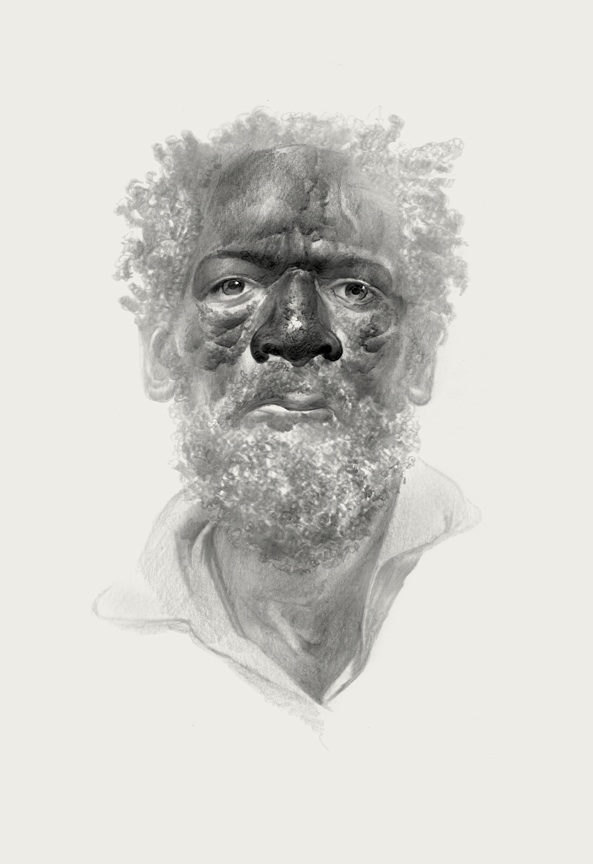

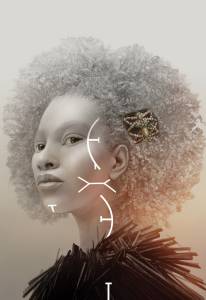
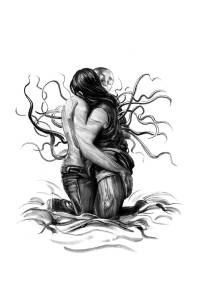
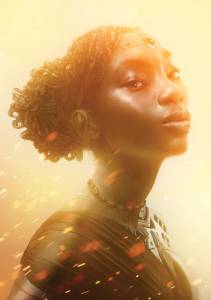
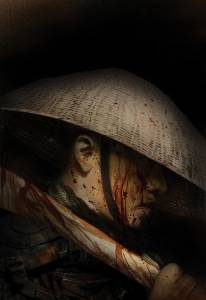
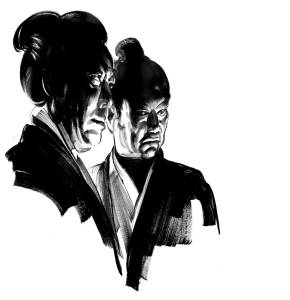
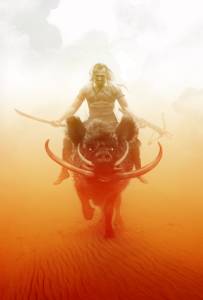
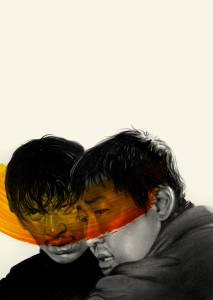
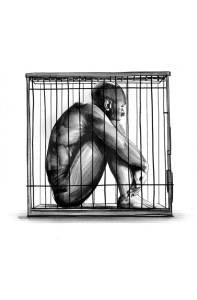


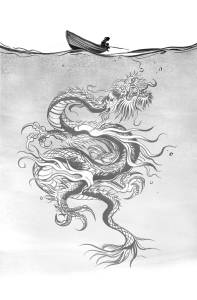
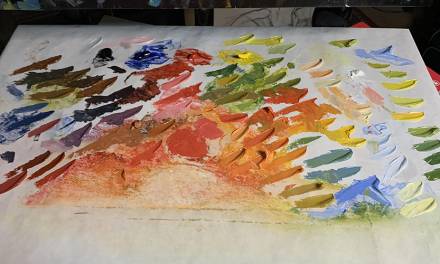
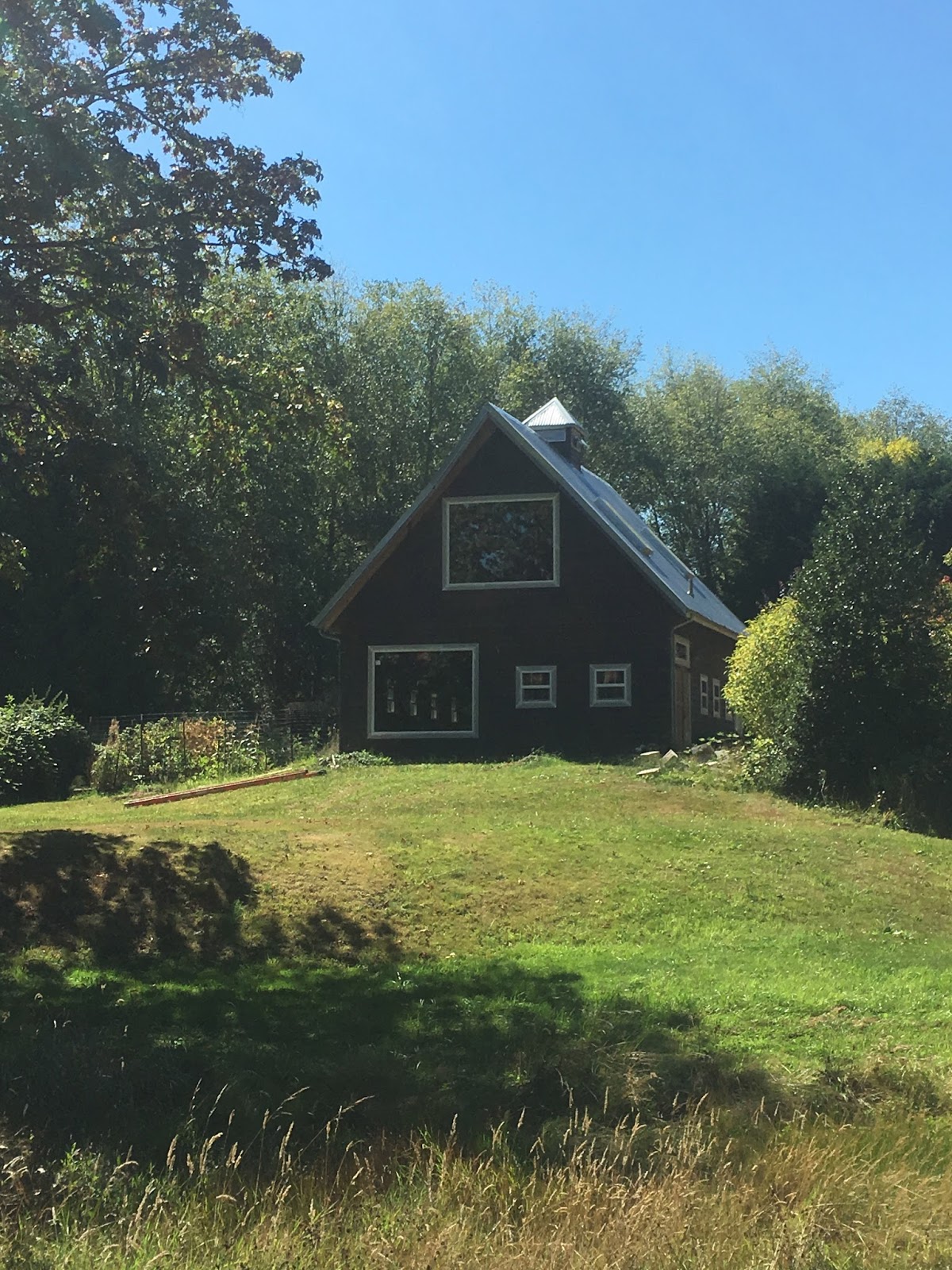
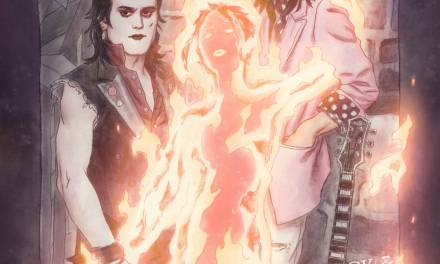
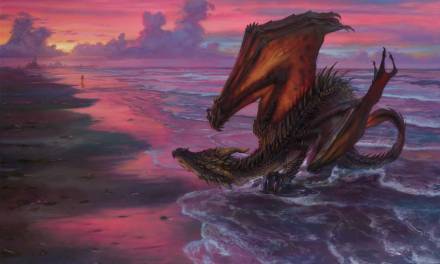
Wonderful article Greg!